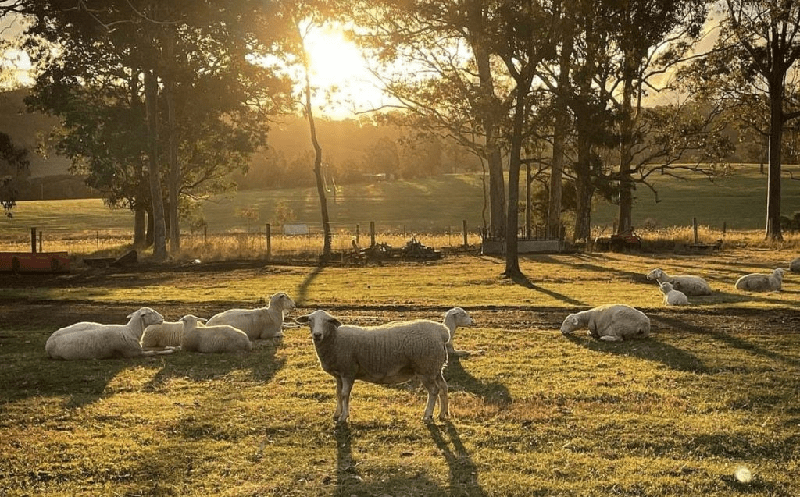In Short : Investing in forest carbon credits is a crucial step towards achieving global climate goals. Forests play a vital role in carbon sequestration, helping to remove CO2 from the atmosphere and mitigate the impacts of climate change. By supporting projects that protect and restore forests, investors like Manulife are making a positive impact on both the environment and society.
In Detail : Manulife Investment Management, the world’s largest manager of natural capital, overseeing almost $15 billion in assets involving timberland and agriculture, has revealed the initial close of its Forest Climate Fund or FCF.
Manulife’s FCF, launched last year, is a strategy that involves producing carbon credits through natural carbon sequestration. It is a closed-end fund intended to provide U.S. investors and select institutional investors an opportunity to champion climate change mitigation through the stewardship of sustainably managed forests.
Around 70% of the fund will be invested in carbon projects.
The goal is to prioritize carbon sequestration over timber harvesting. Alongside its affiliated offshore entities, the fund has garnered commitments amounting to around $224.5 million. The fund aims to reach its targeted offering of $500 million.
Generating High-Quality Carbon Credits
The strategy’s investment goal centers on enabling investors to engage in timberlands managed to produce high-quality carbon credits through enhanced sustainable forest management practices.
By increasing the amount of carbon stored in forests, the projects not only generate credits but also mitigate global warming. The strategy also includes establishment of new forests through afforestation or reforestation, generating high-quality credits while securing sustainable timber value.
By leveraging carbon credits, conservation easements, and limited timber harvests, the fund aims to capture potential climate benefits while ensuring competitive financial returns for investors.
The financial success of carbon projects like these hinges on future predictions of carbon prices. And estimations often show an optimistic outlook in this regard.
Historically, forest carbon credits have faced notable pricing fluctuations, particularly within voluntary carbon markets, often characterized by relatively low prices. However, the scenario has been shifting due to the surge in net zero commitments made by both companies and investors.
Forestry projects accounted for 30% of the total carbon offset credits issued by voluntary registries in 2022. These projects come in various types including improved forest management (IFM) and afforestation/reforestation.

